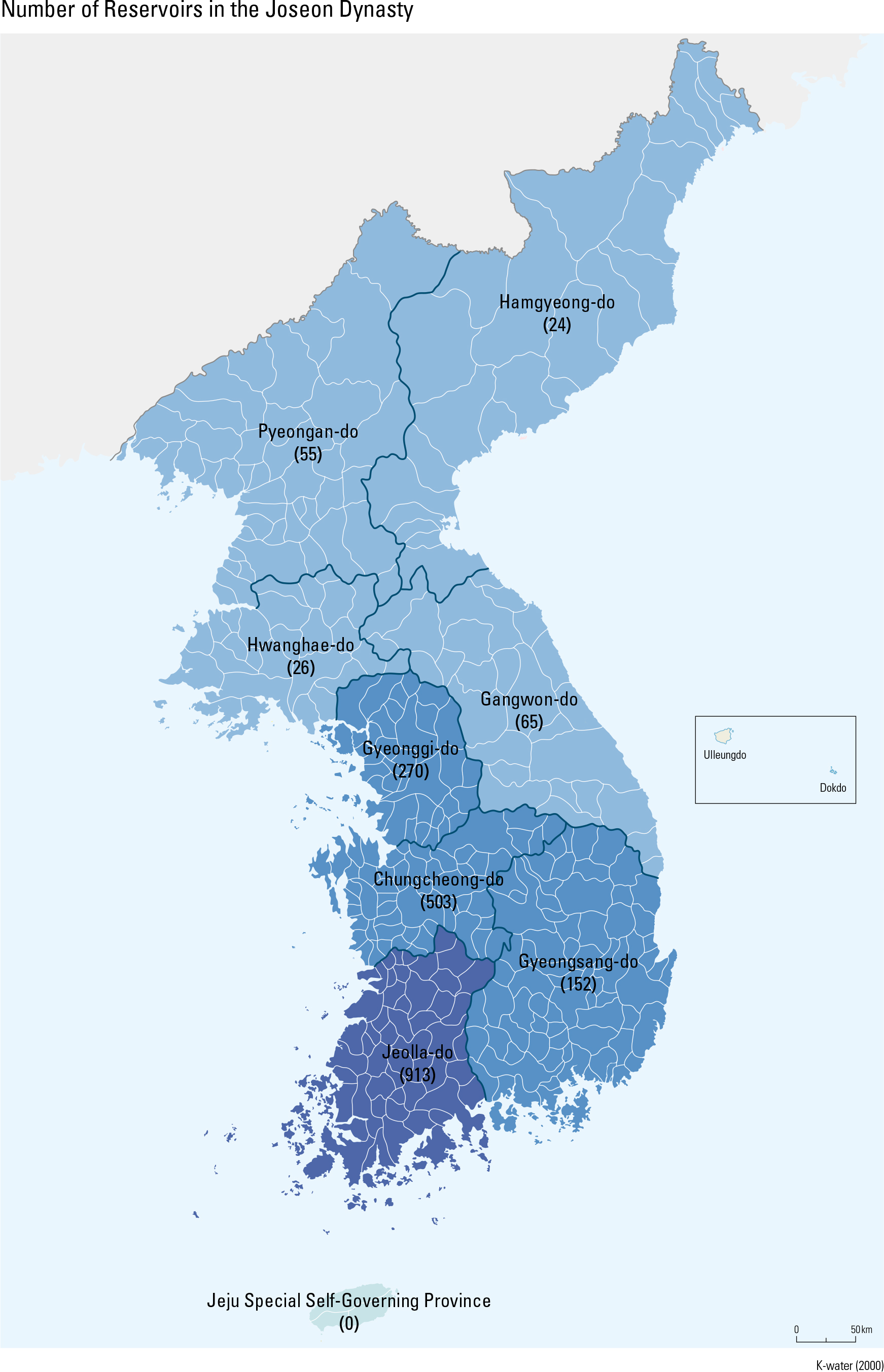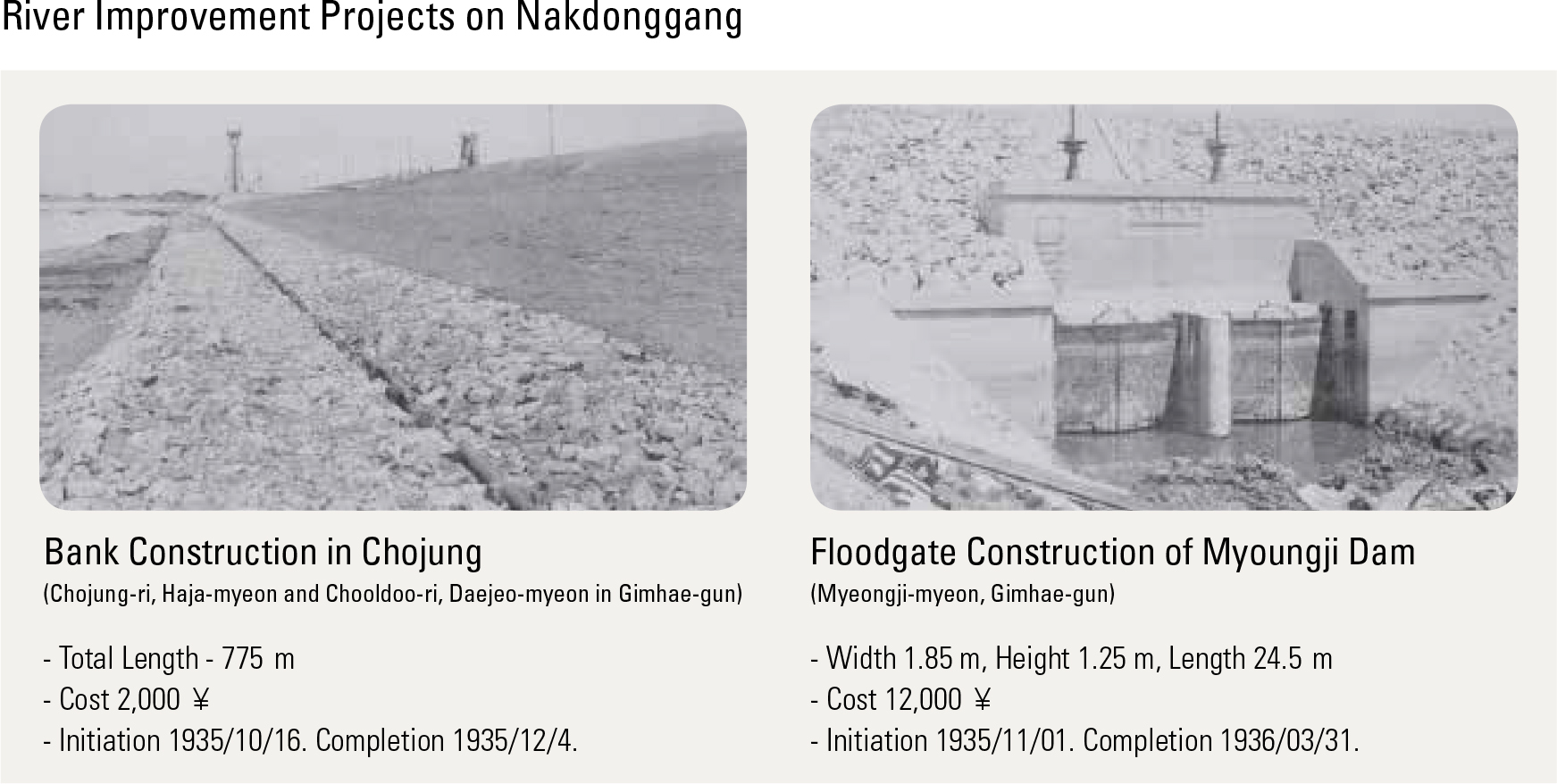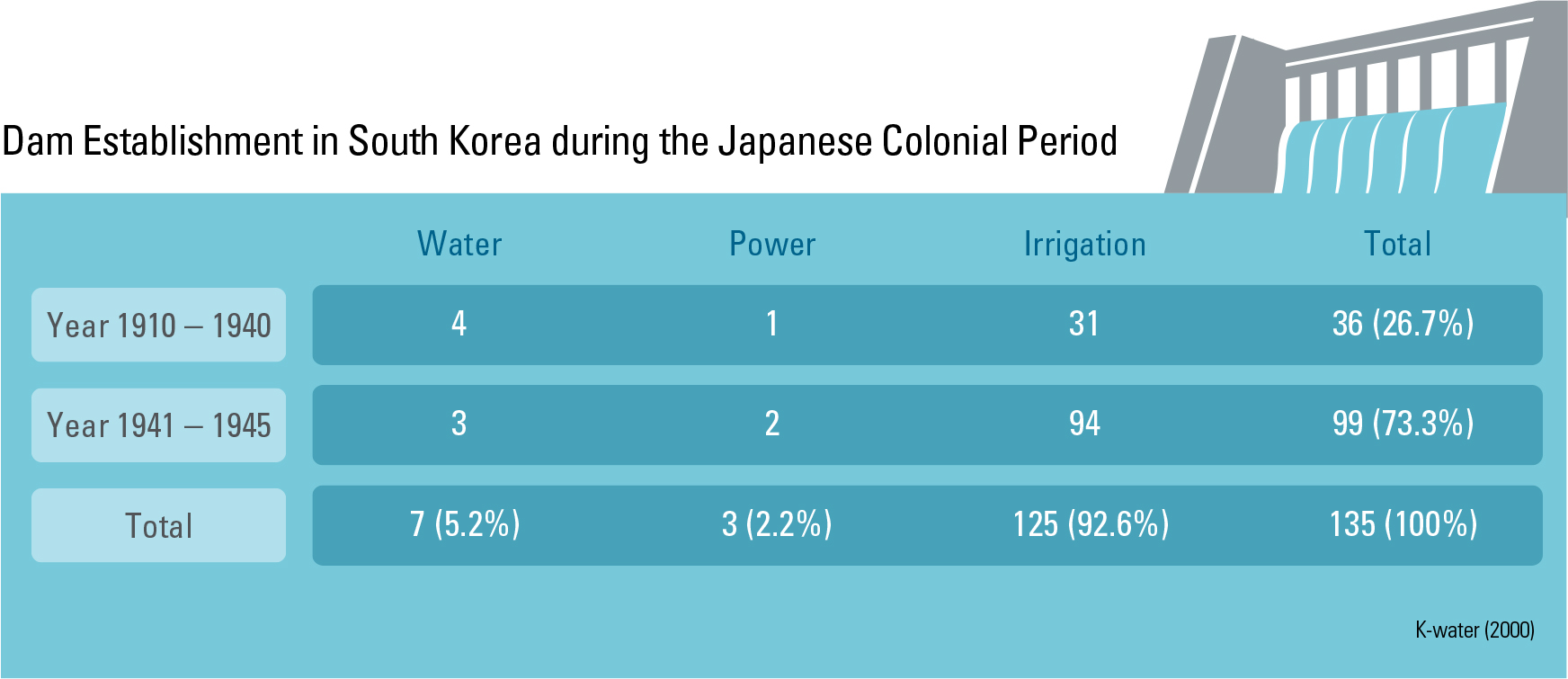English II
Rice was rst introduced to the Korean Penin- sula in the Neolithic Age and became widespread throughout the south during the Bronze Age. Samguk sagi—the rst historic record to mention rice farming in Korea—documents that King Daru (the second king of Baekje) established rice paddies across the country in his 6th year of rul- ing, or A.D. 33. As rice farming grew more cen- tral during the Three Kingdoms period, nation- wide projects were carried out to build structures such as embankments, waterways, and reservoirs that would facilitate the access and storage of water. Samguk sagi also states that King Ilseoung of Silla ordered the construction of river banks and reclamation of wastelands in his 11th year (A.D. 144). As such, the Three Kingdoms period saw the construction of some of the oldest ancient reservoirs in Korea: Byeokgolje in Gimje-si, Eu- irimji in Jecheon-si, and Susanje in Miryang-si. Various ood control facilities and reservoirs such as the Yaksadong river banks in Ulsan, Cheongje in Yeongcheon-si, and Gonggeomji in Sangju-si were also constructed during this period. As for the Goryeo Dynasty, early records state that Usubu—a government bureau in charge of irrigation and waterways—was established in the 14th year of King Seongjong (A.D. 995). During this era, land reclamation was carried out on coastal regions and deserted inland fields, while islands underwent active development. Embank ments, breakwaters, and reservoirs were newly constructed or built as an extension of existing structures. The largest embankment of the Goryeo Dynasty is Hwangsan-un, estimated to have been built in the early 12th century. As the Joseon Dynasty was a predominant- ly agrarian society, it experienced significant improvement in flood control and irrigation management techniques. For instance, the Gwon- nonggwan system was first established in the
page_2 |




